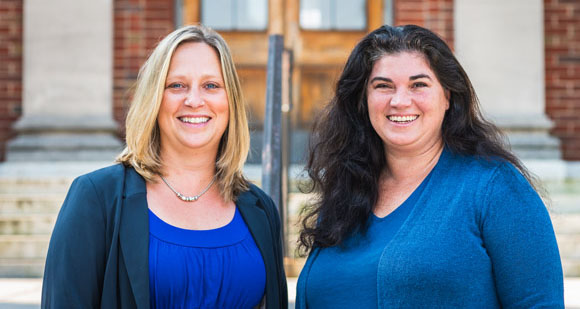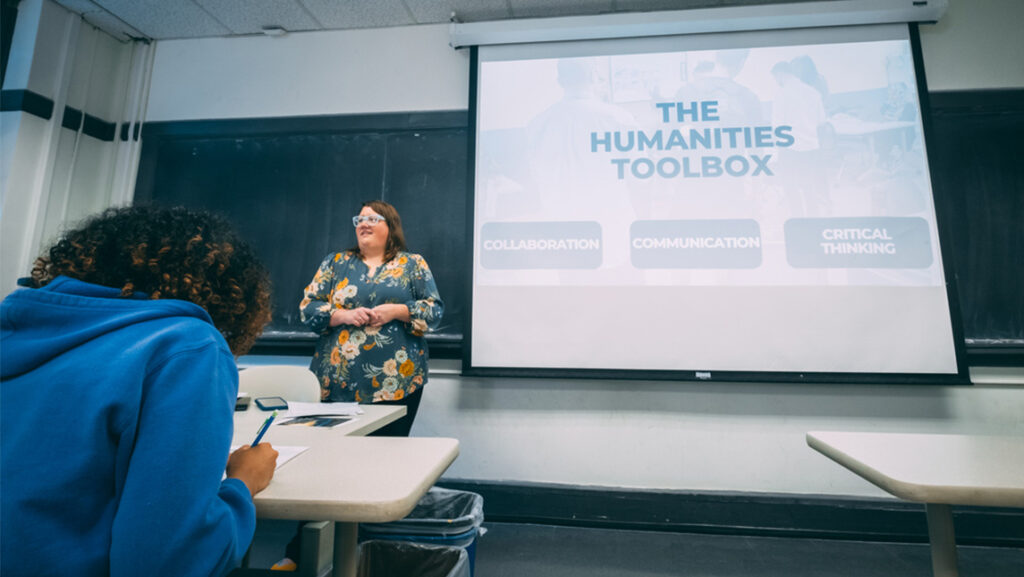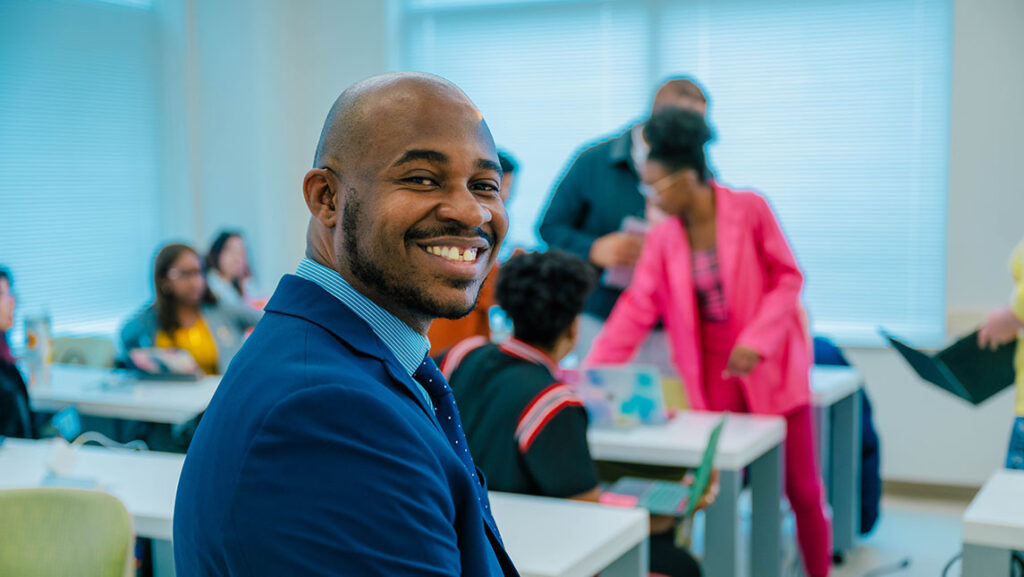Repost from UNCGNow
Chances are, every person reading this knows someone who engages in or has engaged in self-injury – a fact that two UNC Greensboro faculty members hope to change with a new school curriculum.
“Most people have a friend or a peer who self-harms,” said Dr. Kelly Wester, professor in the Department of Counseling and Educational development (CED) in the School of Education. “Whether they actually know their friend does or not may be a different story.”
After a significant downturn, suicide and non-suicidal self-injury (NSSI) disorder, defined by the Diagnostic and Statistical Manual of Mental Disorders as deliberately injuring oneself without suicidal intent, are now on the upswing, according to Wester and colleague Dr. Carrie Wachter Morris, associate professor of CED.
And college students are a high-risk population.
Wester and a colleague at the University of Texas at San Antonio conducted a study of three separate cohorts of incoming college freshmen from 2008 to 2015. In the most recent cohort, 45 percent of students responded that they self-injured at some point, a number Wester said is up three-fold since 2008; and 20 percent reported they had self-injured within the past three months, a seven-fold increase since 2008.
One of the most recognized methods of self-injury is cutting, but NSSI could include burning, biting, scratching, head banging, punching oneself, pin pricking or purposefully stopping wounds from healing. Some research, Wester said, points to the correlation of suicide to self-injury – the study found that the number of methods used within three months indicated a higher risk of suicide.
Self-injury and suicide have become a social norm in movies, TV shows and other media, according to Wachter Morris and Wester, which could be an explanation for the recent increase in these behaviors.
The reasons individuals self-injure are multi-fold, with the most common being emotion regulation – to remove an aversive emotion, to control it, or to feel something.
“The place in the brain that feels physical pain also feels emotional pain,” Wester said.
For some, though not as common, they self-injure to feel accepted into a group or as a cry for help.
It begins with a trigger: a fight with a friend or a bad grade, and if the individual doesn’t have the coping skills to handle the stressful event, they resort to self-injury.
“I’ve seen people pick it up because they know about it and nothing is working, so they give it a shot,” Wester said.
Wester compared it to a soda bottle filling up, and when the soda gets to the top, the only thing left to do is explode. Self-injury is like capping the bottle but never dumping it out.
Wachter Morris and Wester want to help kids learn emotion regulation – learn to empty that bottle – early on, before the age of onset, which is between 12 and 13.
They’re working with a colleague and a high school in Georgia to train staff in how to identify suicidal and self-injuring behaviors. The long-term plan is to create curriculum that focuses on the acquisition of skills to help kids identify their emotions, choose coping skills that work with that emotion and offer resources and communication around suicide prevention.
“One thing we can do is start early. If teachers and school counselors are on the same page, with a shared vocabulary, then a natural byproduct is that communication increases between student services and teachers,” Wachter Morris said. “Schools focus on literacy and math, but social-emotional learning helps increase those outcomes if implemented well. It doesn’t have to be divorced from the academic curriculum.”
If you or someone you know is engaged in self-injury, UNCG has resources to help:
UNCG Counseling Center
The Nicholas A. Vacc Counseling and Consulting Clinic
UNCG Dean of Students Office
Off-campus resources:
The Cornell Research Program on Self-Injury and Recovery
National Suicide Prevention Lifeline (1-800-273-8255)
Self-Harm Text Hotline (text “CONNECT” to 741741)
Story by Elizabeth L. Harrison, University Communications
Photography by Jiyoung Park, University Communications
Repost from UNCGNow



